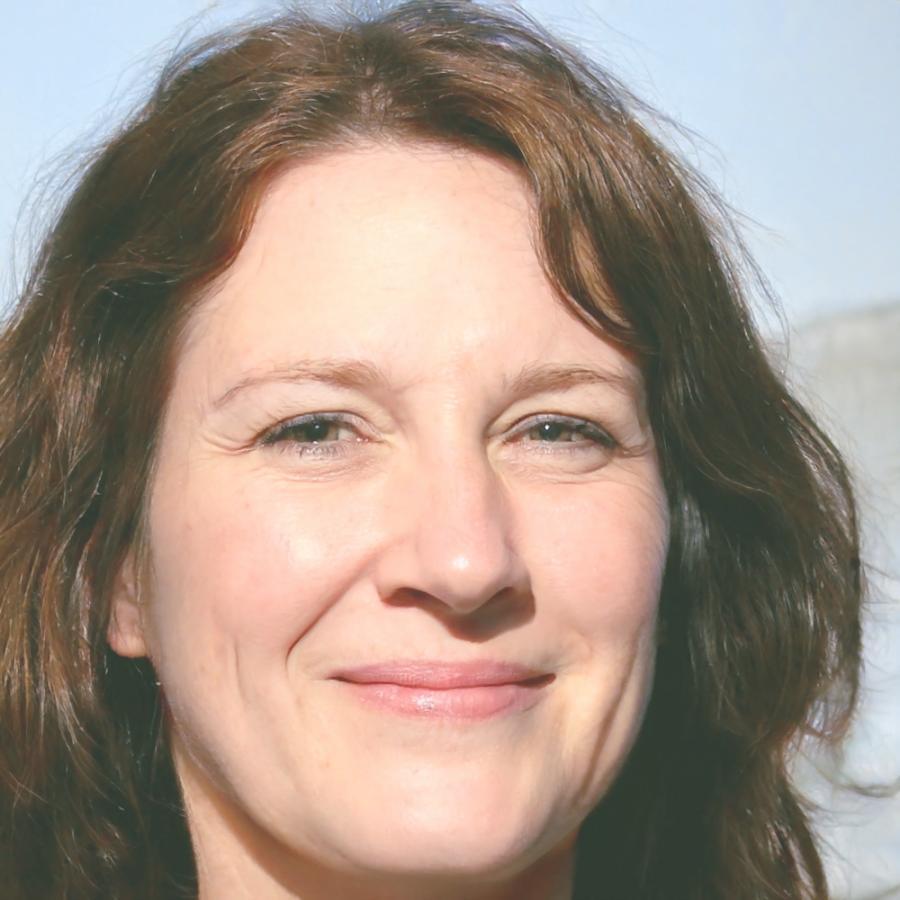Real Results from Real Businesses
Over the past three years, we've helped companies across Thailand transform how they manage projects and resources. Here's what actually happened when they worked with us.
Three Stories Worth Sharing
Each business faced different challenges. And honestly, none of them had simple problems with simple solutions. But through careful planning and consistent adjustments, we helped them find systems that actually worked.

Manufacturing Coordination
A mid-sized manufacturer in Rayong was juggling twelve active projects with paper schedules. They'd often miss material deliveries because nobody knew what was actually needed when. We built them a resource tracking system that synced with their suppliers. Six months in, their on-time delivery rate went from 67% to 91%.

Construction Timeline Recovery
A Bangkok construction firm had three projects running two months behind schedule. Their biggest issue? Subcontractors never knew when they'd be needed. We created visibility into the actual schedule dependencies. By March 2025, they'd recovered four weeks of lost time and their subcontractors stopped complaining about last-minute calls.

Tech Team Efficiency
A software development team of 24 people was constantly context-switching between projects. Their developers said they never had more than two hours of uninterrupted work time. We restructured their project allocation and created protected focus blocks. Within three months, their sprint completion rate improved and team satisfaction scores doubled.
What Changed After Implementation
Look, we're not going to pretend every client sees identical improvements. But we do track specific metrics across all our implementations, and the patterns are pretty consistent.
Most businesses see meaningful changes within the first quarter. Some take longer because they have more complex operations or need more buy-in from their teams. That's normal.
34%
Average reduction in project delays4.2 hrs
Weekly time saved per team member89%
Client retention rate after first year26%
Improvement in resource utilization
How Businesses Actually Progress
Initial Assessment Phase
We spend the first two weeks just watching how you work. Most companies are surprised by what we find – usually it's not what they thought was the problem.
- Shadow your team for 3-5 days to understand actual workflows
- Interview key stakeholders without management present
- Map current resource allocation versus optimal distribution
- Identify bottlenecks that aren't obvious from the surface
This phase often reveals that the "scheduling problem" is actually a communication problem, or that "resource shortages" are really allocation issues. We don't charge extra for this discovery work – it's essential to getting things right.
System Design and Prototyping
Here's where we build the actual solution. But we don't disappear for a month and come back with something you've never seen. You're involved in weekly reviews.
- Create wireframes based on your specific workflows
- Test prototypes with your actual team members
- Adjust based on real feedback, not theoretical best practices
- Build integrations with your existing tools
One client in Chonburi made us rebuild a dashboard three times because the colors confused their colorblind project manager. That's the kind of detail that matters when people actually have to use these systems every day.
Gradual Rollout and Training
We never flip the switch on everything at once. Usually we start with one team or one project type. See what breaks. Fix it. Then expand.
- Train core users first, then have them train others
- Run parallel systems for 2-4 weeks during transition
- Hold daily check-ins during the first two weeks
- Adjust workflows based on actual usage patterns
The goal isn't perfect adoption on day one. It's getting people comfortable enough that they prefer the new system over their old spreadsheets and email chains.
Optimization and Scaling
After three months of regular use, we come back and look at what's actually happening. Usually there are features nobody uses and shortcuts everyone's invented.
- Analyze actual usage data to identify pain points
- Remove unused features that create clutter
- Formalize the workarounds people have created
- Scale successful approaches to other teams
This is when the real efficiency gains happen. Because now we're optimizing based on reality, not assumptions about how people should work.
What Clients Say About Working With Us

Siriporn Kaweesakun
Operations Director, Precision Components Ltd"We tried two other consultants before SuperAdvance. The difference? They actually spent time understanding our manufacturing constraints instead of pushing some generic software solution. Our production scheduling conflicts dropped by half within four months."
Result: Reduced scheduling conflicts by 52% and improved equipment utilization across three facilities

Nattaporn Sukkasem
Project Manager, Urban Development Group"The system they built isn't fancy, but it works. Our subcontractors can finally see the real schedule, and we're not constantly putting out fires. My stress level has gone down considerably, and our clients have noticed the improvement in delivery predictability."
Result: Recovered 6 weeks of delayed timeline and improved subcontractor coordination by 73%